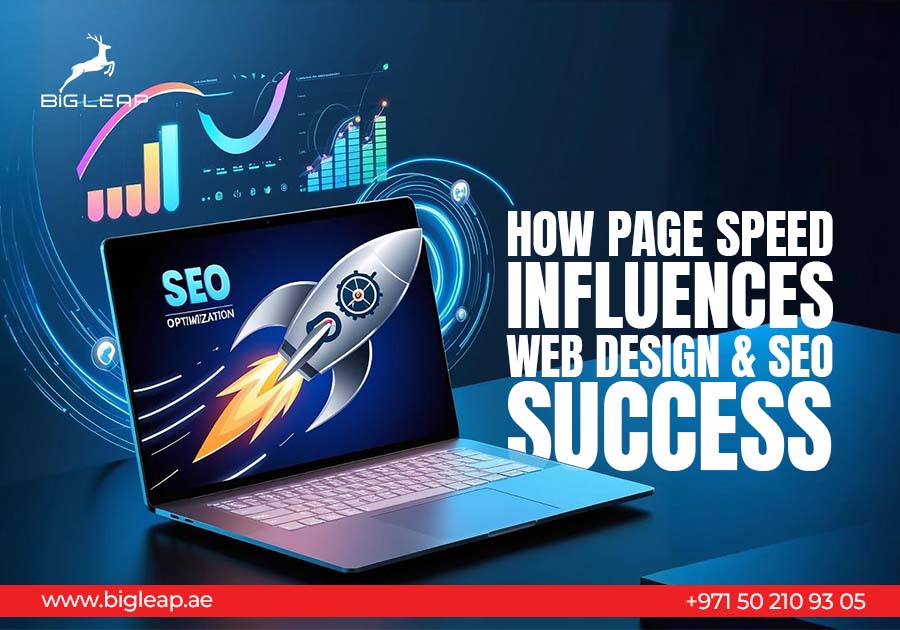


13 Feb 2025
When it comes to SEO ranking, and website design effectiveness, page speed plays a pretty key role. The faster the load speeds, the better the ranking of the website in SERP. A faster website can retain visitors, and enhance organic traffic, along with user engagement. Let your page be fast, or it's better to not load at all.
Page speed refers to the time taken for a website/webpage to load its content fully. Usually, this is measured in seconds, which can vary from less than 1 second to a sluggish 25 seconds or more. Numerous factors like server performance, image sizes, code efficiency, and the user’s internet speed play an important role in deciding this. Usually, anything beyond 5 seconds of loading time can lead to bigger bounce rates, which means the visitors might kick back to other pages due to the sluggish behavior of your website.
Google ranking algorithms take web page loading speeds as a metric to rank your website. A sluggish loading time is inversely proportional to the number of visitors. In real-life scenarios, users may search for alternatives if your webpage takes longer loading time than its peers, therefore leading to an exponential bounce rate. This issue can end up in the future, leading to loss of reputation and customer trust.
Efficient websites are a precursor to a healthy business. As a digital marketing company, Big Leap emphasizes the significance of SEO, design, and page speed.
If a website takes longer than 3 seconds to load, data shows that more than 58% of mobile users get frustrated and abandon the website immediately. Website designers must prioritize user experience for a better experience. Images and modern designs must be optimized to enhance the performance.
Around 60% of global internet traffic is through mobile devices. Therefore, you cannot disregard mobile designs. It's a fact that cellular data can often be slower than wi-fi; therefore, optimizing your website to suit this speed is critical. Responsive designs, compressing media files, and lazy loading are the best ways to ensure that the loading times are great on mobile devices.
Visual appeals are guaranteed to enhance your website’s appeal, but it may lead to slowdowns. Striking a fine balance between design and usability is the key. Using SVG (vector graphics ) instead of popular formats and reducing the HTTP requests can improve the speeds without compromising quality.
Faster loading leads to more time spent on websites, better engagement, and better conversion rates. A user who is willing to purchase a product on a website might get frustrated at the instance of sluggish website loading times, resulting in hopping to alternative sites.
The updated Google algorithm is a tough shell to crack because it measures the user experience by various metrics, including loading performance, interactivity ( First Input Delay), as well as visual stability. Optimizing these vitals is important to boost your SEO performance up to par with your competition.
In 2010, Google officially announced that page speeds would exponentially influence search rankings; therefore, nowadays, it has garnered lots of attention; faster websites rank higher, and it's that easy.
Page speed is considered one of the cornerstones of modern SEO success. This has proven from time and time again that search engine rankings lead to achieving your website's goals. Prioritize speed in your development process; keep in mind that users have to experience the website, not just visually, but in minimal time and effort. Navigation should be seamless and results lightning-fast. If you search the web, it might be evident that the best of the best websites are as quick as the wind. They eat less of your precious time.